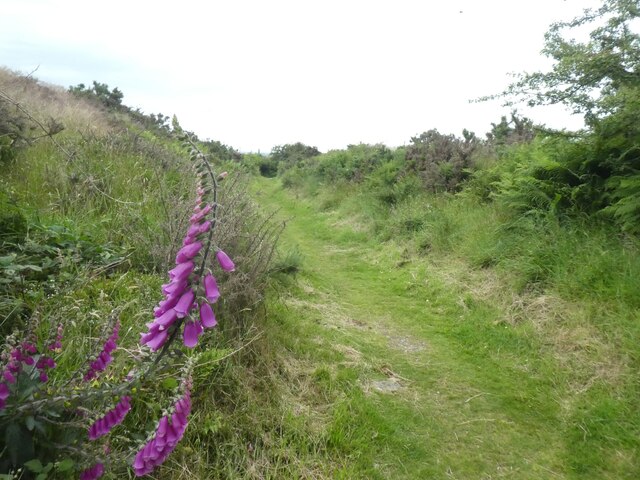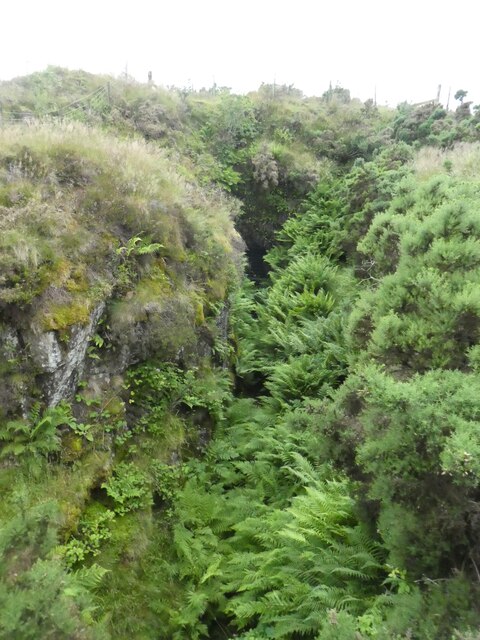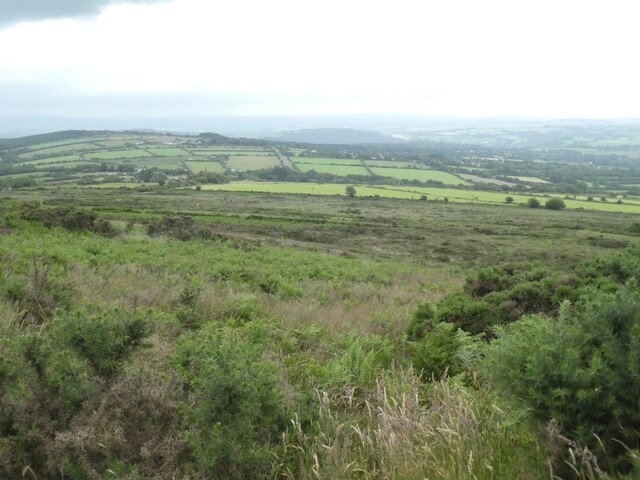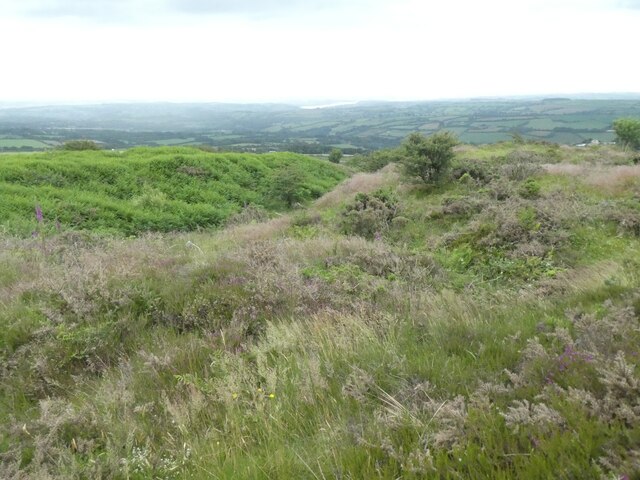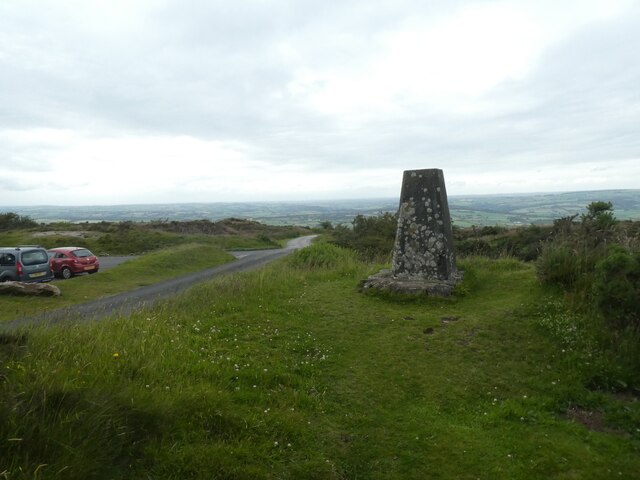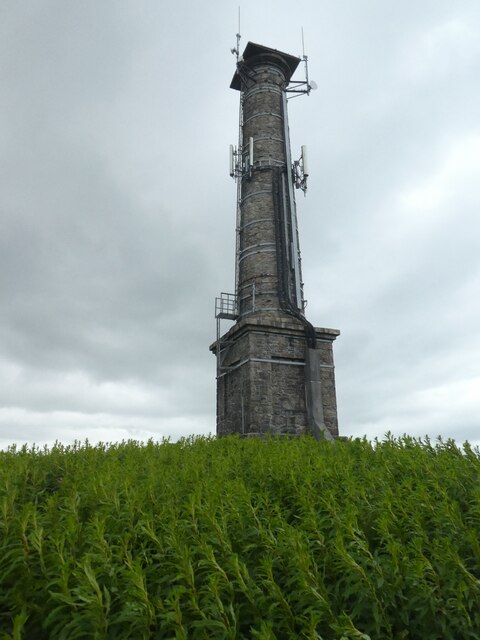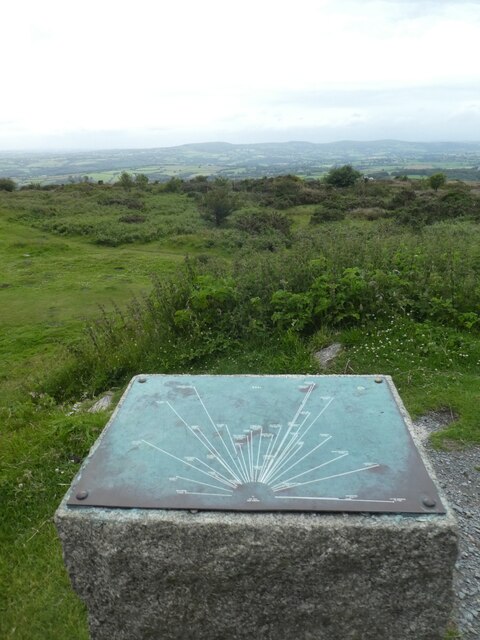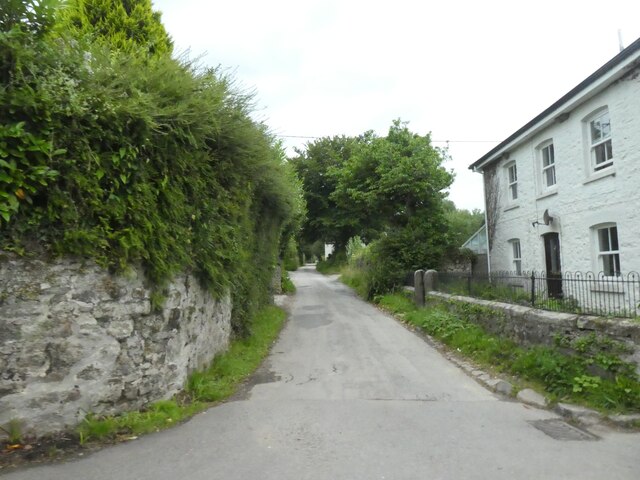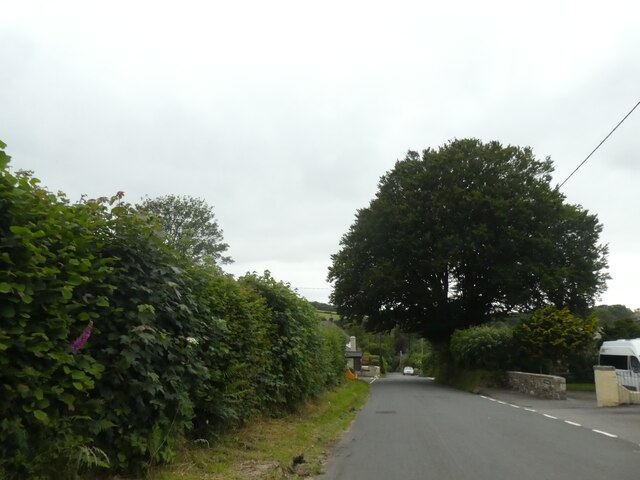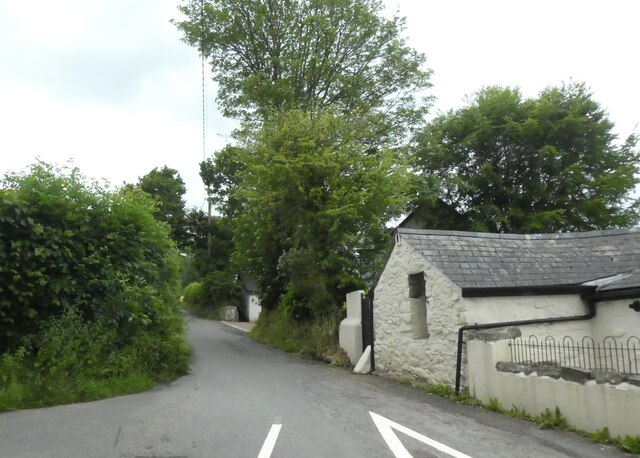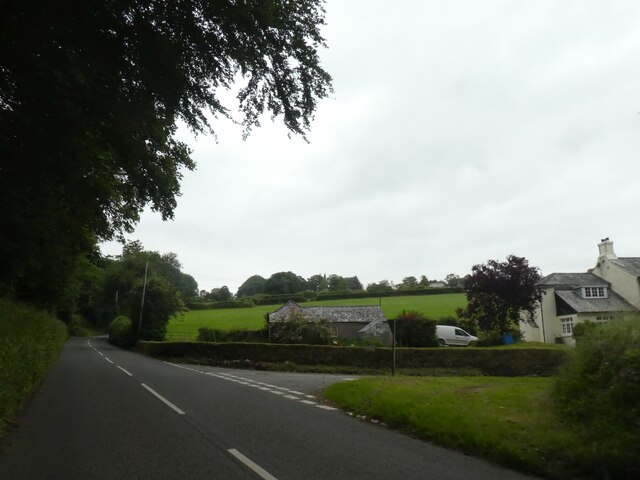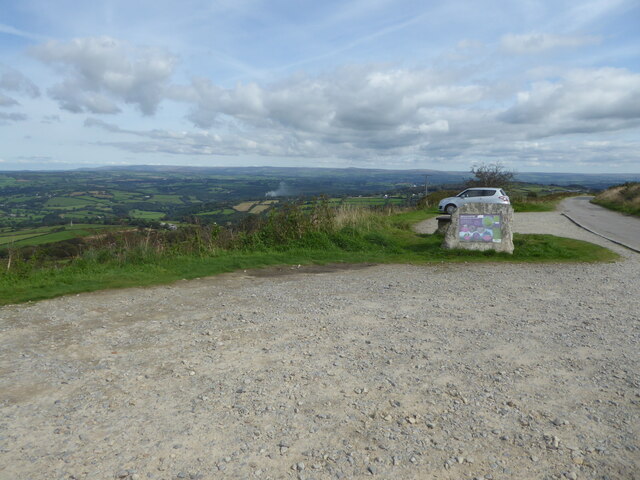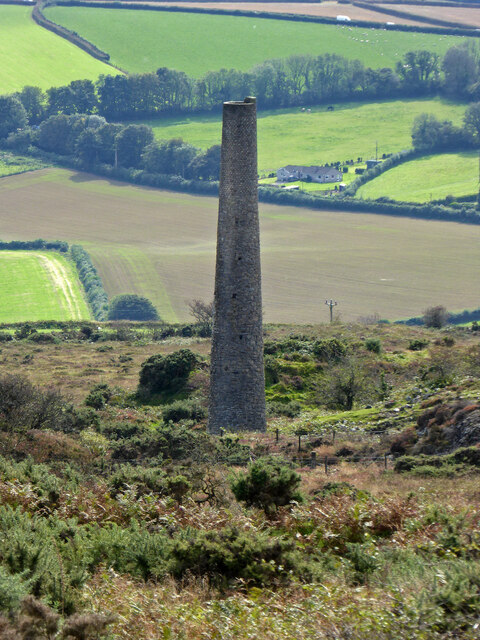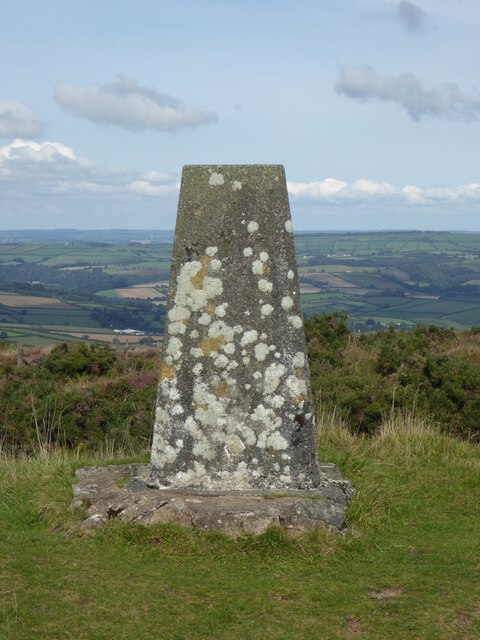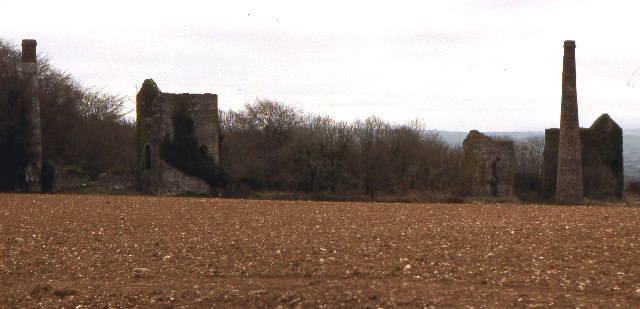Holmbush
Settlement in Cornwall
England
Holmbush
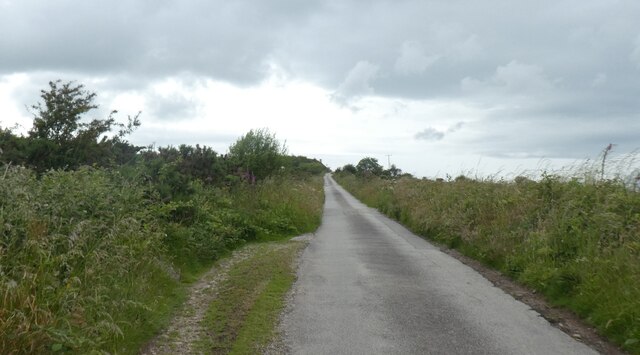
Holmbush is a small village located in the county of Cornwall, England. Situated about 4 miles north of St Austell, it is nestled in a rural setting surrounded by picturesque countryside. The village itself consists of a cluster of traditional stone-built houses, giving it a quaint and timeless charm.
Holmbush is primarily a residential area, with a close-knit community that prides itself on its friendly and welcoming atmosphere. The village is well-connected to neighboring towns and villages, making it an ideal location for those seeking a peaceful retreat while still having easy access to amenities.
One notable feature of Holmbush is its proximity to the beautiful and expansive Holmbush Forest. This woodland area is a popular destination for outdoor enthusiasts, offering a range of activities such as hiking, cycling, and nature walks. The forest is home to a diverse array of wildlife, including various species of birds, mammals, and rare plants, making it a haven for nature lovers.
In terms of amenities, Holmbush has a small convenience store that caters to the everyday needs of its residents. For more extensive shopping and entertainment options, the nearby town of St Austell provides a range of supermarkets, restaurants, and leisure facilities.
Overall, Holmbush is a tranquil and idyllic village, perfect for those seeking a peaceful lifestyle surrounded by natural beauty. Its close proximity to the Holmbush Forest adds to its appeal, making it an attractive destination for outdoor enthusiasts and nature lovers.
If you have any feedback on the listing, please let us know in the comments section below.
Holmbush Images
Images are sourced within 2km of 50.528334/-4.308029 or Grid Reference SX3672. Thanks to Geograph Open Source API. All images are credited.
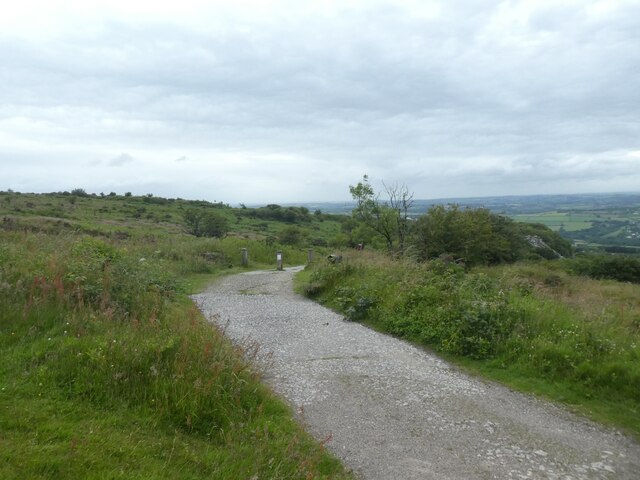
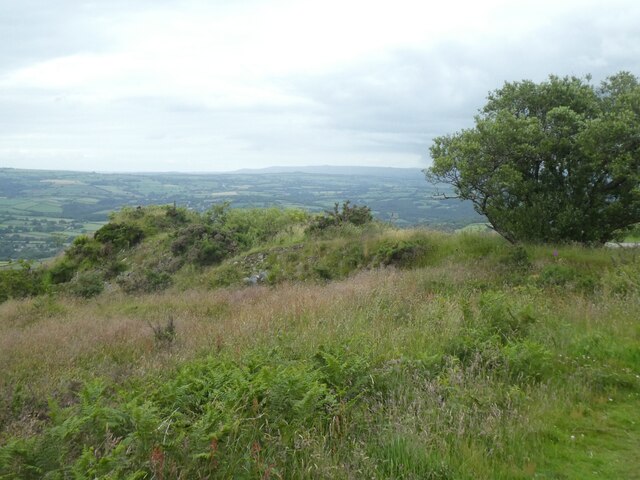
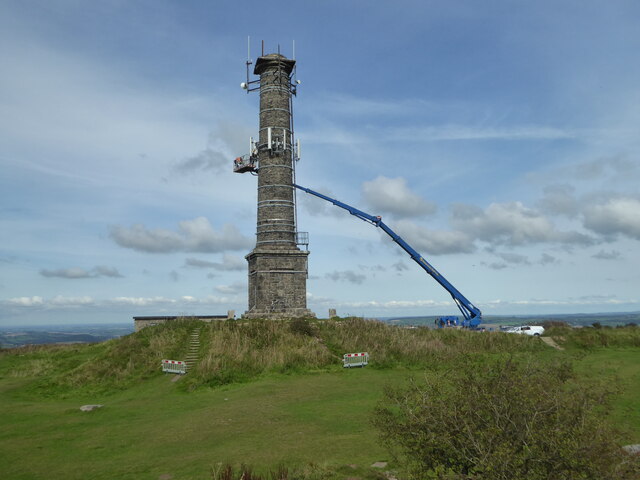
Holmbush is located at Grid Ref: SX3672 (Lat: 50.528334, Lng: -4.308029)
Unitary Authority: Cornwall
Police Authority: Devon and Cornwall
What 3 Words
///circle.worthy.dragon. Near South Hill, Cornwall
Nearby Locations
Related Wikis
Callington railway station
Callington railway station (Cornish: Kelliwik) was a railway station in the village of Kelly Bray, one mile (1.6 km) north of the centre of the small town...
Kelly Bray
Kelly Bray (Cornish: Kellivre) is a village in east Cornwall, England, United Kingdom. It is situated one mile (1.6 km) north of Callington, immediately...
Kit Hill
Kit Hill (Cornish: Bre Skowl), at 334 metres high, dominates the area between Callington and the River Tamar in southeast Cornwall, England, UK. The word...
Old Mill, Cornwall
Old Mill is a hamlet in the civil parish of Stokeclimsland, Cornwall, England. == References ==
Monkscross
Monkscross is a hamlet in the civil parish of Stokeclimsland, Cornwall, England. == References ==
Luckett railway station
Luckett railway station (Cornish: Boslova) served the hamlet of Luckett, Cornwall, England, from 1908 to 1966 on the Callington Branch. == History == The...
Stoke Climsland
Stoke Climsland is a village in the valley of the River Tamar, Cornwall, England, United Kingdom within the civil parish of Stokeclimsland. The population...
Whiteford House
Whiteford House was an English country house near Stoke Climsland, Cornwall. It was built in 1775 by John Call and demolished in 1913. == History == There...
Nearby Amenities
Located within 500m of 50.528334,-4.308029Have you been to Holmbush?
Leave your review of Holmbush below (or comments, questions and feedback).
